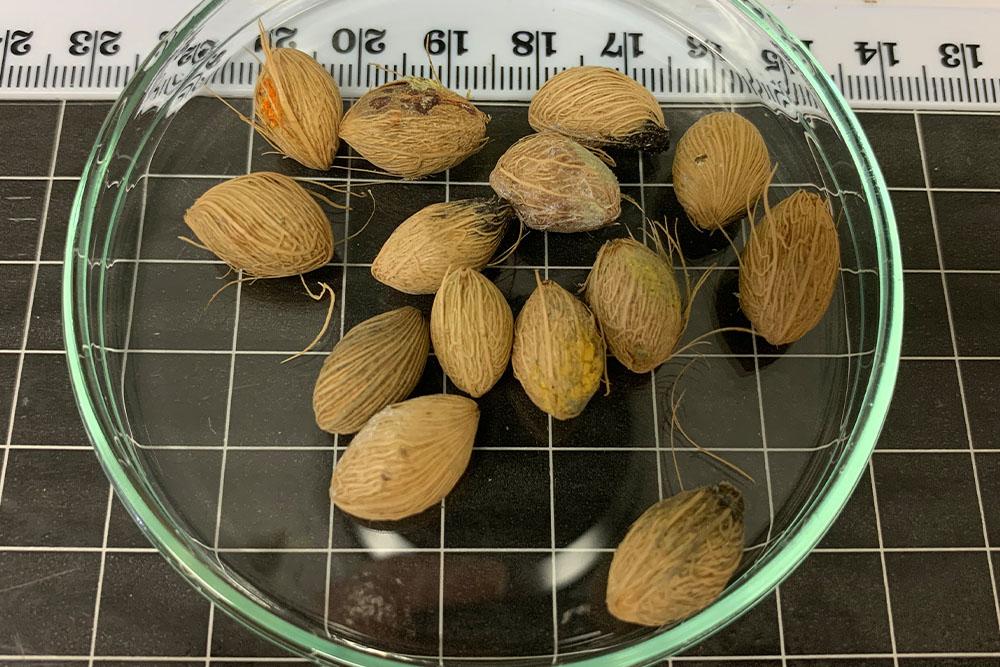From an inconspicuous looking building in the heart of Canberra’s industrial area Fyshwick, the Australian Plague Locust Commission (APLC)* monitors an area covering approximately 25% of the Australian mainland. With support of radar, light traps, out-posted field surveillance officers and reports from State counterparts, the public and landholders, the APLC monitors for and manages locust outbreaks posing credible, significant cross-border impacts.
While team members carry out many completely different activities, the work of each individual supports that of the others. The result is a finely tuned, well-organised program of work. This is critical, given locust numbers can build up very rapidly if conditions are favourable. Bands on the ground reach densities of over 4000 per square metre and adults can migrate up to 1000 Kms in one day.
Walk into the APLC on any given day, and you will see the following people hard at work.
- The Forecasting & Information Officer analyses the data collected from surveillance activities to determine likely developments, relevant risk levels and publish the monthly locust bulletin.
- The Quantitative Ecologist is working on a modern online dashboard that uses ecological, meteorological, vegetation and surveillance data to develop predictive models. The dashboard is under development and once it is live, stakeholders will be able to access the model and predict the likelihood of locust outbreaks near them up to 1 months in advance.
- The Director of Operations coordinates all field operations, including surveillance & monitoring and control programs.
- The Application Officer is researching new and emerging pesticides, evaluating their potential in both lab and field to determine which are most effective and under what conditions.
- Our Environmental Officer conducts research to identify sensitivities and determine what impact APLC locust management activities may have on the ecology of non-target species or the mammals, birds and reptiles that feed on locusts. Read an example at https://www.publish.csiro.au/zo/pdf/ZO22006
Control programs are only initiated if agriculture is at significant risk across more than one member state. They meet specific infestation criteria and require landholder consent and safe environmental and climatic conditions for spraying to occur. The APLC aims to use the minimum amount of insecticide and avoid sensitive areas when aerial spraying. ABARES determined that the control program carried out by the APLC in 2010-11 had a very strong benefit cost ratio of 50.7:1.
For more go to: https://www.agriculture.gov.au/biosecurity-trade/pests-diseases-weeds/l…
Read the monthly bulletin: https://www.agriculture.gov.au/biosecurity-trade/pests-diseases-weeds/l…
*The APLC is a joint venture between the commonwealth, NSW, Victoria, Queensland and South Australia.




